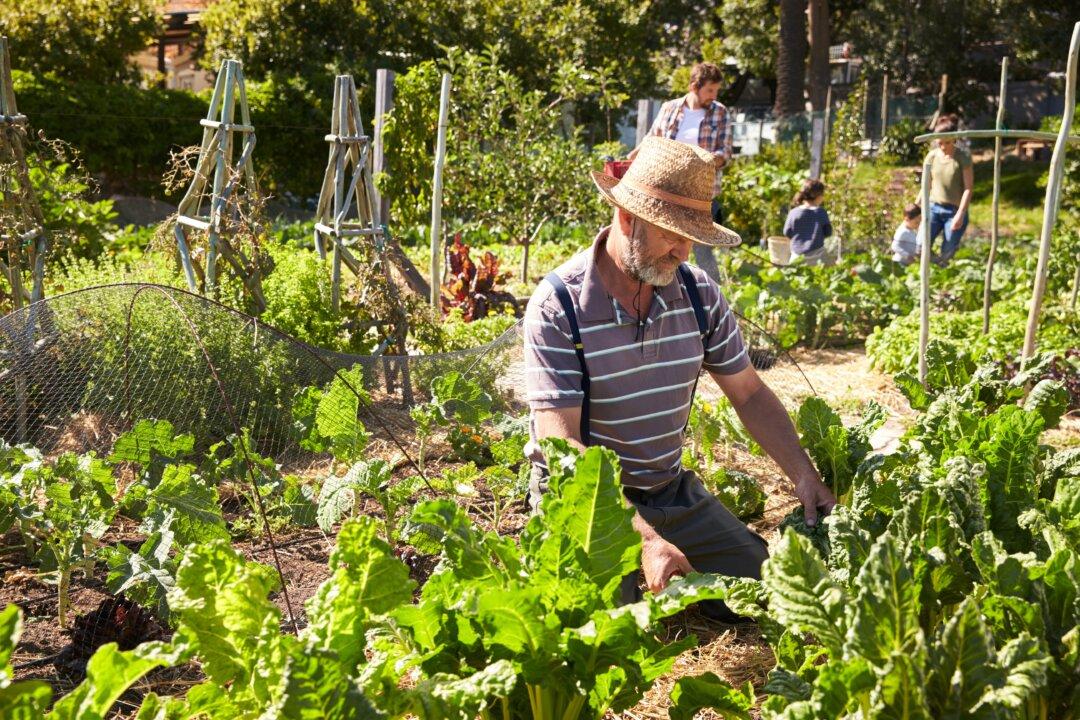Our brains are like sponges. Throughout our lifetimes, we process an infinite number of images, sounds, smells, tactile signals, and a huge array of emotions. From before birth to the moment we die, the brain’s gray matter is growing, changing, adapting, and processing. Each of the billions of neurons in the brain sends multiple impulses each second—a truly phenomenal feat. There are times when this constant input and processing of information can feel completely overwhelming and we feel close to burn-out. There are times when we can no longer cope.
Years ago, I was invited to listen to a choir that a friend belonged to. After an explanation about the effect of sound on the human psyche, the audience was asked to sit in silence for two minutes and listen to their surroundings. It was then that I realized the “silent room” was full of noise. I could hear the buzz of the overhead strip lights, the sound of my breath, and my heartbeat in my ears. There was so much sound to fixate on that some of it was quite annoying.





